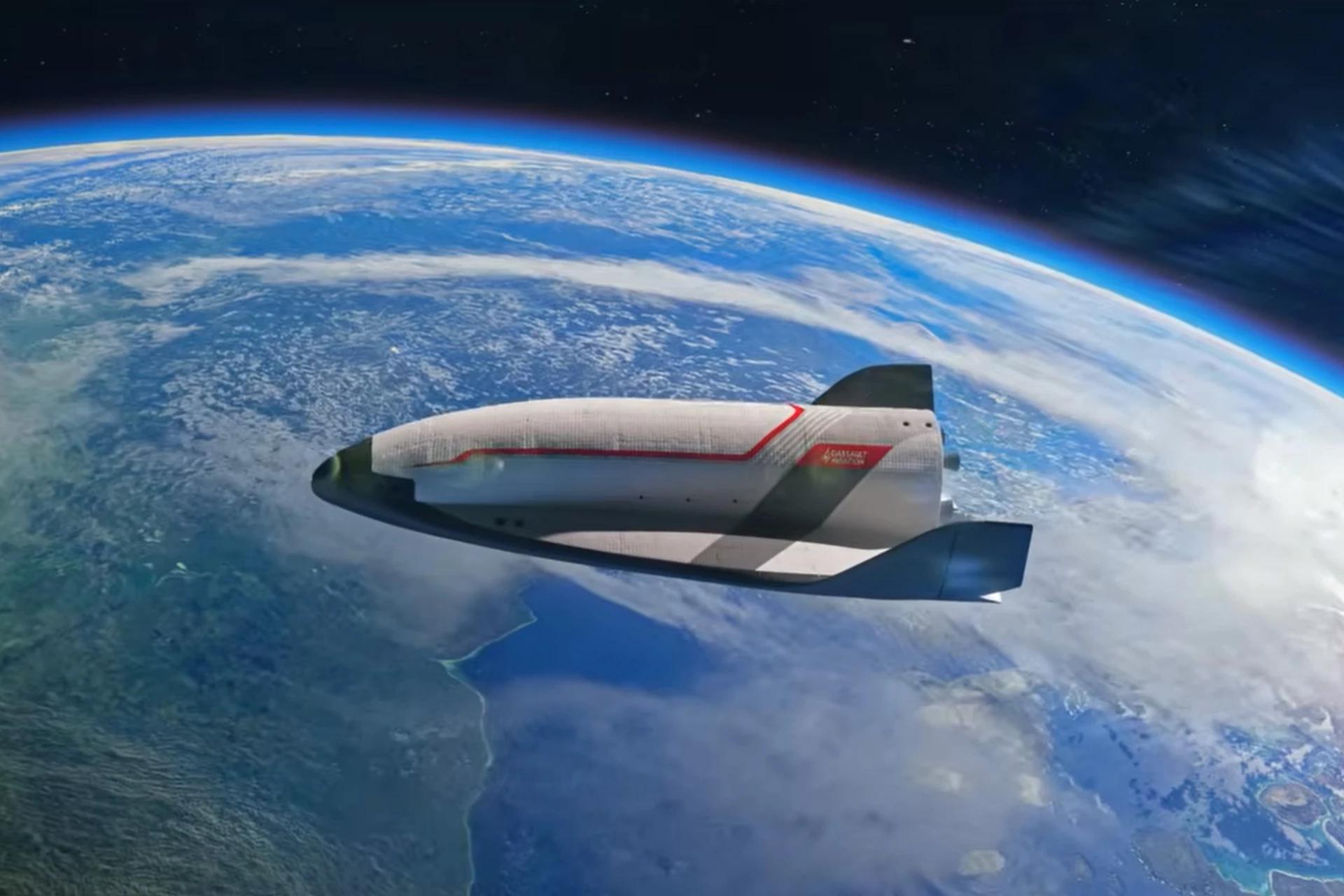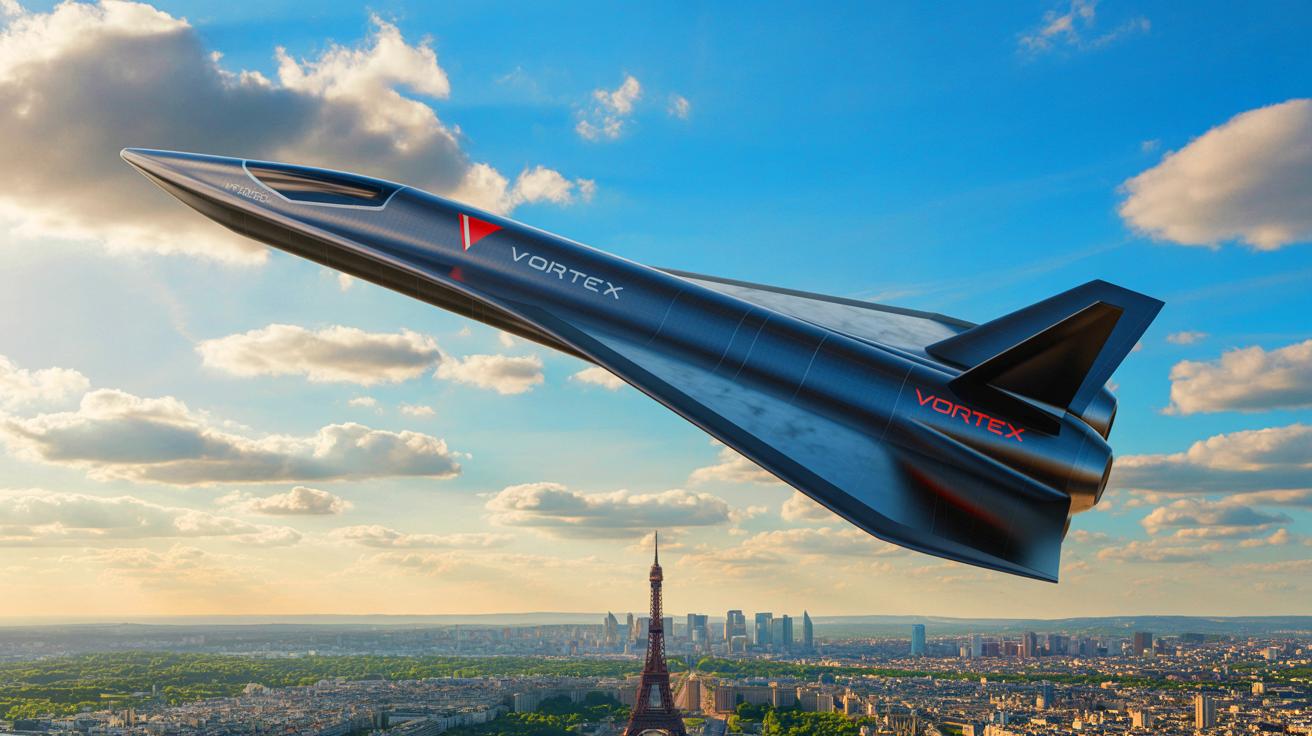| IN A NUTSHELL |
|
The world of space travel is on the brink of a revolutionary transformation with the unveiling of the VORTEX spaceplane by Dassault Aviation at the Paris Air Show. This cutting-edge spacecraft is not just a leap forward in technology but a bold statement of intent by France to establish itself as a leader in the aerospace sector. With its reusable design and versatile mission capabilities, VORTEX promises to change the landscape of space exploration. But what makes this spaceplane a game-changer, and how does it compare to traditional spacecraft designs?
The Legacy of Spaceplane Development
The concept of the spaceplane is not new, yet it has remained largely theoretical for decades. Dassault Aviation, however, is no stranger to this field. Between 1975 and 1992, France was a key player in the development of the Hermes spaceplane, with Dassault as a major contractor. This experience laid the groundwork for future projects like the Intermediate eXperimental Vehicle (IXV), NASA’s X-38 Crew Rescue Vehicle program, and several other initiatives. Dassault’s background in these projects gives it a unique edge in the creation of VORTEX, blending aviation and space technologies to achieve unprecedented results.
By learning from past endeavors, Dassault has designed VORTEX to overcome the limitations of traditional spacecraft. The Hermes project, although never realized, provided invaluable insights that are evident in today’s VORTEX design. The new spaceplane aims to be completely reusable, contrasting sharply with the one-time-use ballistic capsules that have dominated space travel since the Space Race. This shift not only promises to reduce costs but also enhances the capability for repeated missions, making space exploration more sustainable and economically viable.

Breaking Down the VORTEX Project
The VORTEX project is structured into four distinct phases, each designed to build upon the success of the previous one. The initial Phase 1 involves the creation of VORTEX-D, a demonstrator model approximately 13 feet in length with an 8-foot wingspan. This smaller-scale version will help refine the configurations necessary for hypersonic reentry. Phase 2, known as VORTEX-S, will scale up to a two-thirds size vehicle that pushes the boundaries of smart free-flying technology.
The subsequent phases, VORTEX-C and VORTEX-M, will introduce full-scale versions designed for cargo and manned missions, respectively. The ambition of VORTEX is tailored not just for transportation but also for a wide array of missions, from satellite servicing to countering military threats. With a full-scale VORTEX-M reaching up to 39 feet, capable of carrying passengers, the spaceplane is set to redefine what is possible in space travel.
Technological Innovations and Strategic Implications
One of the most striking features of the VORTEX spaceplane is its ability to launch atop a rocket without a fairing, offering full orbital and atmospheric maneuverability. This capability allows VORTEX to land on conventional runways, a feature that significantly broadens its utility for various missions. The spaceplane includes a spacious payload bay, enhancing its versatility for different kinds of missions, from ferrying astronauts to acting as an autonomous orbital platform.
Strategically, VORTEX represents a significant move by France to secure sovereign access to space. This initiative aligns with broader European goals for autonomy in the aerospace sector, reducing reliance on external partners for space missions. As Eric Trappier, Chairman and CEO of Dassault Aviation, emphasized, VORTEX not only contributes to transforming space use but also consolidates France’s position as a leading space power. The implications of this development are far-reaching, potentially influencing global aerospace dynamics.
The Future of Space Travel: A New Generation
The unveiling of VORTEX is more than just a technological advancement; it’s a glimpse into the future of space travel. The spaceplane’s potential to open up new fields of application is vast, from supporting space stations to military and commercial uses. By bridging the gap between aviation and space technologies, VORTEX is set to pave the way for a new generation of space aeronautics. This development not only showcases Dassault’s expertise but also highlights the collaborative efforts with the French Ministry of Armed Forces and potentially the European Space Agency (ESA).
As we stand at the cusp of a new era in space exploration, the question remains: how will the introduction of spaceplanes like VORTEX reshape our approach to space travel, and what new horizons will it open for humanity? The future is poised with possibilities, and the answers may redefine our place in the universe.
Our author used artificial intelligence to enhance this article.
Did you like it? 4.5/5 (26)





